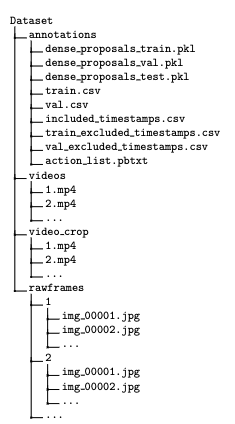import UIKit
import Swift
class ViewController: UIViewController {
override func viewDidLoad() {
super.viewDidLoad()
let v1 = UIView()
let v2 = UIView()
v1.backgroundColor = UIColor.redColor()
v2.backgroundColor = UIColor.blueColor()
//遵循autolayout抛弃原有的宽和高
v1.translatesAutoresizingMaskIntoConstraints = true
v2.translatesAutoresizingMaskIntoConstraints = false
view.addSubview(v1)
view.addSubview(v2)
//item1 =(>=,<=) item2*multiplier + constant
//如果是一元约束的话就是,只针对自己的约束,如果是二元约束的话就必须添加在他们最近的共同父视图上
//set v1's height and width
v1.addConstraint(NSLayoutConstraint(item: v1,attribute: .Width,relatedBy: .Equal,toItem: nil,attribute: .NotAnAttribute,multiplier: 1,constant: 100))//v1 = m*0 + constant
//v1.addConstraint(NSLayoutConstraint(item: v1,attribute: .Height,relatedBy: .Equal,toItem: nil,attribute: .NotAnAttribute,multiplier: 1,constant: 100))
//set relationship between topView and v1
view.addConstraint(NSLayoutConstraint(item: v1,attribute: .Left,toItem: view,attribute: .Leading,constant: 20))
view.addConstraint(NSLayoutConstraint(item: v1,attribute: .CenterY,constant: 0))
//set v2's height and width
view.addConstraint(NSLayoutConstraint(item: v2,toItem: v1,multiplier: 1,constant: 0))
view.addConstraint(NSLayoutConstraint(item: v2,attribute: .Height,36)"> //set relationship between v1 and v2
view.addConstraint(NSLayoutConstraint(item: v2,attribute: .Right,constant: 100))
view.addConstraint(NSLayoutConstraint(item: v1,toItem: v2,constant: 0))
}
override func didReceiveMemoryWarning() {
super.didReceiveMemoryWarning()
// dispose of any resources that can be recreated.
}
}






